Yes/ No: Should school rankings be used?
As a student checks to see her class ranking, she is motivated to receive a higher class rank. Class ranks allows her to figure out which percentile she is placed.
Yes.
By: Angelina Ruckman
Opening the mailbox, students immediately pull out an envelope that contains a report card that shows their overall academic performance. They anxiously bring back this envelope to their house to show their parents. Ultimately, a report card is received through the mail at the end of each semester, which shows the classes they have taken, the grade they received, Grade Point Average (GPA) and their class rank.
Class ranking is a system that is used to show where students are placed academically, compared to the rest of their class, which is determined by their grades. According to College Board, a mission-driven not-for-profit organization that connects students to college success, class rankings is a number given to students that is calculated by the degree of difficulty of the courses a student is taking and the grade they receive in each class. The higher the GPA a student receives, the higher class ranking they are placed.
“What is Class Rank and Why is it Important?” written by April Maguire, a graduate of the Master of Professional Writing program at USC, states the reason class rankings were created was because “it allows college admissions officers to evaluate how students performed in relation to their classmates”. Looking at class rankings allows the officers to compare students to each other and determine the strongest profiles.
For example, according to Ivy League Prep (ILP), Harvard’s acceptance rate is approximately 5.2 percent. Out of these 5.2 percent of students, College Transition, a team of college planning experts committed to guiding students through the application process, mentions that “ninety-three percent [of students] had earned a place in the top 10% of their graduating high school class [based on class ranking] and the average GPA was 4.18”.
Continuing class rankings allow students to see which percentile they are placed in the school. Additionally, it encourages them to try their best in school and work diligently to get a higher class rank. It will also give students an idea of how their peers are doing in class and compare themselves to others. Due to this benefit, students won’t feel lost or clueless to where they are academically and how the grades other students have will help or hurt their determination in getting into certain colleges.
Furthermore, Sharp School, a software company specializing in School and District Web Hosting, Web Design and Online Solutions for schools, states that students become more self-motivated and less dependent on others when they see academic achievement from their peers in a competitive environment.
Although some people may disagree that schools should be competitive as it can lead to stress and could be detrimental to mental health, there are positive outcomes of competition. Sharp School mentions that class rankings provide the opportunity to expose “students to the competitive nature of our world at an early age”.
Growing up, students start to get involved in the work environment which requires competitiveness to earn a job. For example, in the Police Department, there are positions of an officer, sergeant, lieutenant and chief that are given to the workers based on work ethic, time and commitment the individual puts into it. This is comparable to the class ranking given to students as the workers have to compete and show worthy of the higher position.
Students can strive to get a passing score or get an appealing ranking if schools continue class rankings. Therefore, class ranking can make students more aware and motivated in wanting to improve more in class.
The National Association of Secondary School Principals (NASSP), a leading organization and a voice for principals and school leaders, states class ranks give students the opportunity to increase diversity and a wider range of students—regardless of performance—when applying to colleges. Although schools and districts are moving towards eliminating class ranks and attempting to increase the number of students admitted to universities, “some state lawmakers—most notably in Texas and California—passed statutes requiring that students be admitted to state universities on the basis of class rank”. This “reflects a desire to increase the diversity of students who attend” universities.
Overall, class rankings provide students the opportunity to work diligently in school, be more competitive and allow increased diversity in the college application process. As it provides multiple benefits, schools should continue using school rankings.
No.
By: Yealin Lee
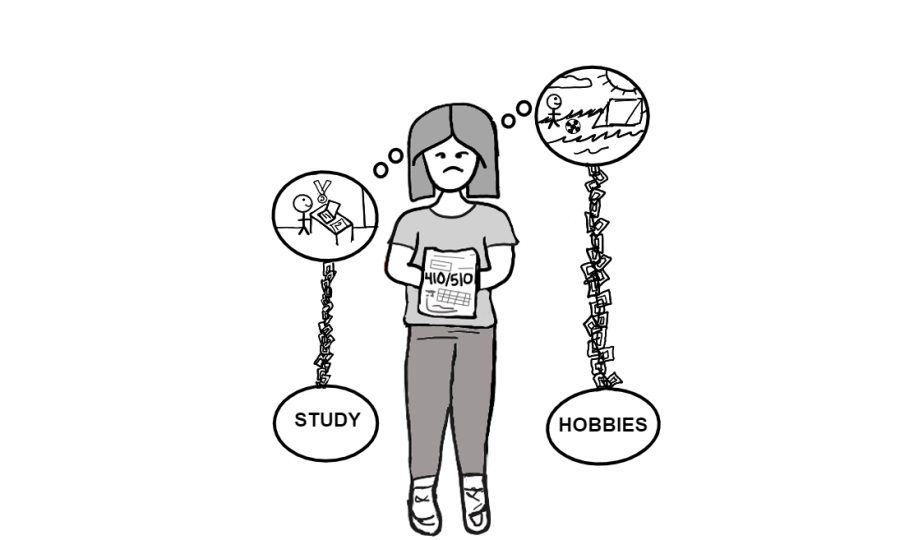
At the end of every semester, students are haunted by the envelope that they and their parents receive in the mail. This specific envelope contains a piece of paper that shows the student where they stand in their academic performance. Ultimately, this report card showcases high school student’s courses, grades, grade point average (GPA) and their class rank. However, high schools should strive to find alternatives to class ranks as they are detrimental to students’ mental health.
Class rank is the placement a student earns within the overall population of their class according to their GPA. According to Valerie Strauss from the Washington Post who wrote “The case for abolishing class rank”, when students are rated with letter or number grades, research shows they are more likely to think superficially and not be as passionate in what they are learning.
Furthermore, Strauss points out that ranking students “turns academics into a competitive sport and designates the victor as ‘valedictorian’.” Placing students on the same “playing field” isn’t fair to students considering their varying curriculums and standards of difficulty.
As a result of the ranking system, students measure their progress through numerical values and how high they rank compared to their fellow peers. This creates an environment where the only value they see in higher level classes is to boost their GPA. Students are no longer learning to gain knowledge but to help them climb to top ranks.
Strauss explains that top students find ways to improve their standing by taking “easier” Advanced Placement (AP) classes and trying to find ways to avoid classes that are not weighted on a 5.0 GPA scale. Taking an unweighted class will lower your overall GPA even if you get an ‘A’ letter grade because it is weighted on a 4.0 GPA scale. This would encourage students to take the easy way out of things and have students focused more on the shortcuts than learning the content presented to them in class.
This then lowers students’ creative freedom to choose classes they are interested in for fear that the unweighted class will lower their GPA. For example, a student might not want to take the Biology Forensics course because it is not weighted, even if they wanted to.
Education consultant David Altshuler remembers a client who said that “taking music or journalism was out of the question because she couldn’t justify what it would do to her GPA.” Classes at Bonita Vista High (BVH) like the Speech, Communications and Theater course almost became unavailable because there were not enough students. Non-weighted classes like these may suffer because students don’t want to risk lowering their ranking. This causes students to miss out on great life experiences and skills: public speaking, debating and more.
This creates a situation where students are not finding joy in what they are studying and are just going through the motions. A lack of personality in a student’s curriculum could increase their stress level because according to the Mental Health Foundation “enjoying yourself helps beat stress.” Therefore, students should choose what they want to do, not what they think they have to do. If class rankings did not exist anymore, it would motivate students to choose classes based on their interests because they wouldn’t have to think about the competition.
In addition, class rankings create an atmosphere where students are pitted against one another for the status of having the best GPA. Strauss describes that rankings, “teach students to regard their peers not as friends or allies but as potential obstacles to their own success.”
Class rankings don’t take into consideration students’ extracurriculars or outside activities. This can mislead or devalue students who might have part-time jobs or run an after school program.
According to “Class Rankings” by a non-profit organization associated with Stanford University Graduate School of Education, Challenge Success, eliminating valedictorian status and class rankings has reduced stress at certain schools. This problem is most prevalent in high achieving schools where depression, anxiety, suicidal thoughts and stress are common.
Students who are constantly trying to achieve a higher ranking would sacrifice their mental and physical health to be seen at the top. Challenge Success explains how students “may sleep 2-3 hours each night” and abandon their values through cheating on tests and assignments.
BVH should not be a place where students feel like they are ‘dumber’ than their peers because of numbers. Eliminating class ranks will lower this pressure on students and create a healthier environment where passion and relationships are valued.
“Ranking makes the high school experience unnecessarily stressful while simultaneously destroying the sense of community and any potential for peer support that can help students get through those years intact,” Strauss said.
I am a junior at Bonita Vista High, and a second year staff member on the Crusader. I love being able to meet new people, and having conversations with...

I am a senior at Bonita Vista High and this year's Editor at Large for the Crusader. This is my fourth year on staff, last year being an Arts and Cultures...

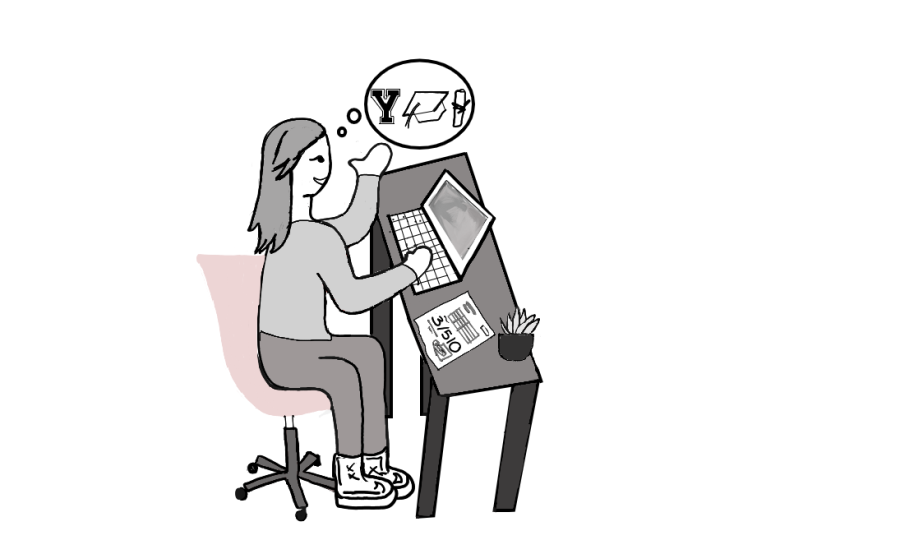
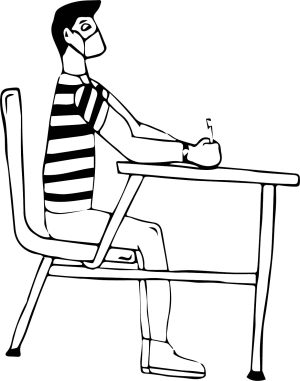
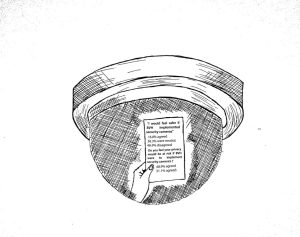

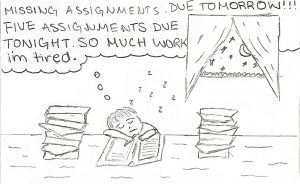
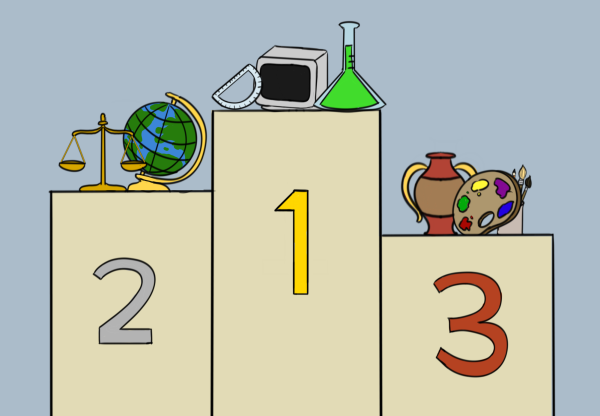
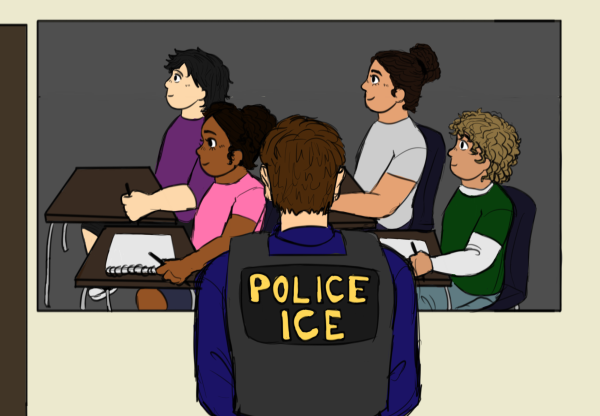
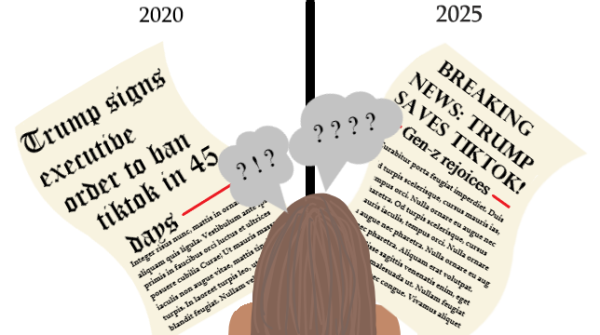

Tom C • Nov 1, 2022 at 11:10 am
Really appreciated the dual perspectives. As a parent, I’m old school regarding the value in class rank, but trying to be open minded about the differences and values to the other side. I recently became intrigued as my oldest just submitted his early college applications, which continue to this day to have a space to enter class rank. That tells me it’s still not solved ‘science’.
And it makes me wonder….is anybody measuring the impact of eliminating class rank? This idea has been around for about 10 years now, so are there studies that are showing that student anxieties are reducing, that cheating is reduced, etc.? I don’t think anybody does monitor this kind of stuff.
In the business world I live and work in, any new strategy that is implemented is measured somehow for efficacy and often times reevaluated. I don’t see that in the world of education and that’s frightening to me. My kid’s high school went along with the trend and has no idea if the benefits have been realized, or if there are more negatives than anticipated. That’s scary to me.